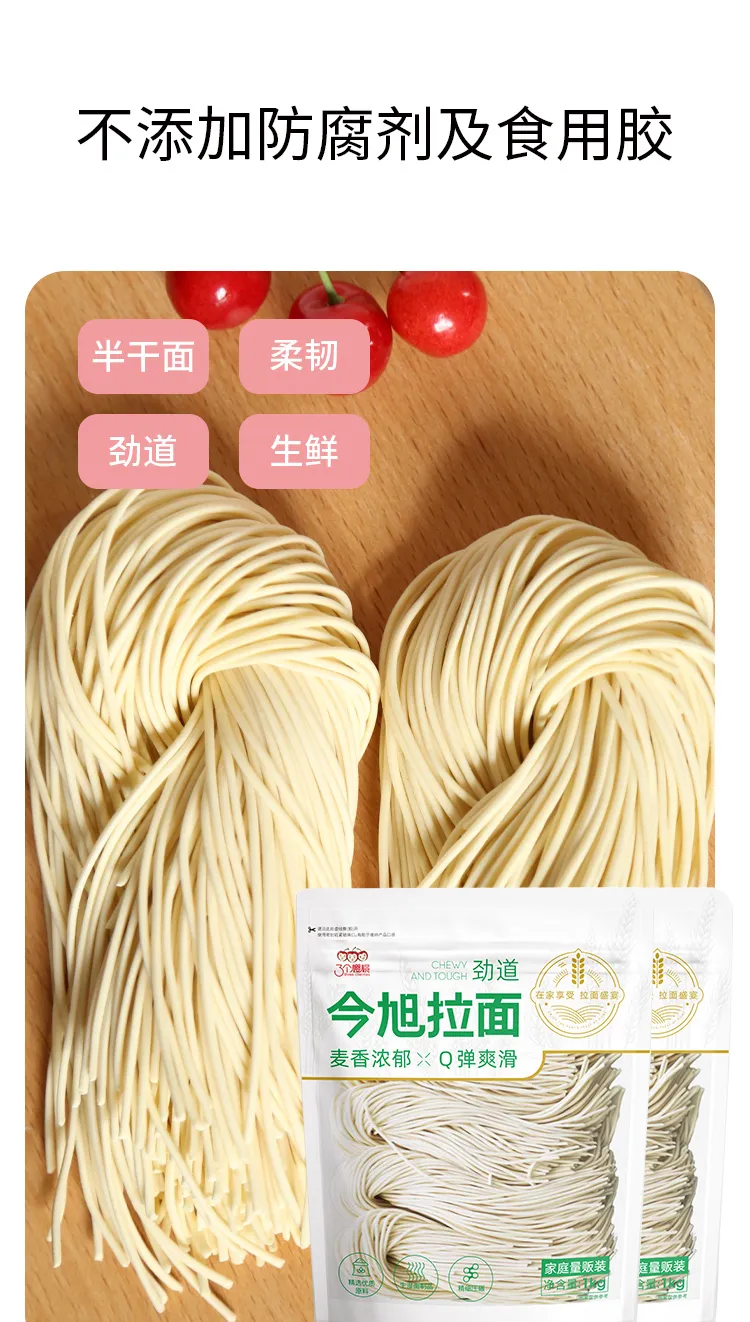what type of noodles can diabetics eat
What Type of Noodles Can Diabetics Eat?
When it comes to managing diabetes, diet plays a crucial role in maintaining blood sugar levels. One common question among those with diabetes is whether or not they can enjoy noodles—a staple in many diets around the world. Fortunately, with a bit of knowledge and careful selection, diabetics can indeed indulge in noodle dishes while keeping their blood sugar in check. This article will explore the types of noodles that are suitable for diabetics, along with tips for making better choices.
Opt for Whole-Grain Options
One of the best choices for diabetics is whole-grain noodles. These noodles are made from whole wheat flour, which retains more fiber and nutrients than refined flour. The increased fiber content helps slow down the digestion and absorption of carbohydrates, leading to more stable blood sugar levels. Whole-grain pasta has a lower glycemic index (GI) compared to its white counterpart, meaning it causes a slower rise in blood sugar after consumption. Thus, whole-grain spaghetti, penne, and other forms of pasta can be excellent options.
Explore Legume-Based Noodles
Another fantastic choice for those managing diabetes is legume-based noodles, which are made from ingredients like lentils, chickpeas, or black beans. These noodles not only offer high protein content but also boast a low glycemic index, making them an ideal carbohydrate option for diabetics. In addition to their nutritional benefits, legume-based noodles are gluten-free, catering to those with gluten sensitivities or celiac disease. Integrating these noodles into your meals can provide a healthy and satisfying alternative.
Consider Vegetable Noodles
what type of noodles can diabetics eat

Vegetable noodles, also known as zoodles, are another excellent option for diabetics. Made by spiralizing vegetables such as zucchini, carrots, or squash, these noodles are low in calories and carbohydrates, making them a perfect substitute for traditional noodles. Not only do they offer fewer carbs, but they also provide essential vitamins, minerals, and antioxidants that support overall health. Pairing zoodles with lean proteins and healthy fats can yield a balanced meal that helps maintain stable blood sugar levels.
Watch Portions and Sauces
While the type of noodles is important, portion control is equally crucial for diabetics. Eating noodles in moderation can help keep carbohydrate intake within a reasonable range. A general recommendation is to fill one-quarter of your plate with noodles when combined with other food groups, such as proteins and non-starchy vegetables. This approach ensures a balanced meal while minimizing spikes in blood sugar.
Additionally, be mindful of the sauces you use with your noodles. Many store-bought sauces can be high in sugar and unhealthy fats, contributing to elevated blood sugar levels. Opt for homemade sauces using fresh ingredients like tomatoes, herbs, and spices to control the sugar content. Adding lean proteins, such as grilled chicken, tofu, or shrimp, along with a variety of vegetables can enhance both the flavor and nutritional profile of your noodle dish.
Conclusion
In summary, diabetics can enjoy noodles by choosing healthier alternatives that promote better blood sugar management. Whole-grain, legume-based, and vegetable noodles provide excellent options that are both nutritious and satisfying. Keeping portion sizes in check and opting for homemade sauces can further enhance the healthfulness of your meals. Ultimately, it’s essential for individuals with diabetes to listen to their bodies and consult with healthcare professionals or dietitians to create a personalized meal plan. By making informed choices, it is entirely possible to indulge in delightful noodle dishes without compromising health.
-
Unleash Your Inner Chef with Delectable Italian Pasta CreationsNewsAug.01,2025
-
Savor Health and Flavor: Irresistible Soba Noodles for Sale Await!NewsAug.01,2025
-
Nourish Your Body with Premium Organic Ramen - A Culinary Delight AwaitsNewsAug.01,2025
-
Elevate Your Dishes with Our Exquisite Kinds of Egg NoodlesNewsAug.01,2025
-
Dive into Flavorful Convenience with Our Ramen OfferingsNewsAug.01,2025
-
Discover Exquisite Types of Naengmyeon and Chilled Soba NoodlesNewsAug.01,2025
-
Is Whole Wheat Pasta Healthy?NewsMay.30,2025
Browse qua the following product new the we

















































































































